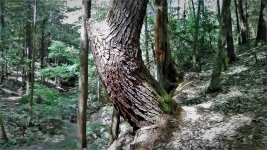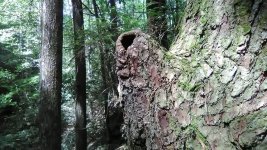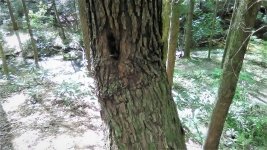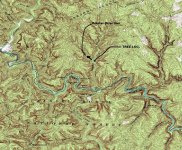Curtis
Hero Member
Just asking .... could the welsh have influenced the Vikings language used to write?
Follow along with the video below to see how to install our site as a web app on your home screen.
Note: This feature may not be available in some browsers.
Just asking .... could the welsh have influenced the Vikings language used to write?



 . I back tracked from the pointer and it leads up and over the ridge through a narrow gap. Obviously just a trail pointer but interesting that I spotted it...I have passed through this area many times over the years and never noticed it.
. I back tracked from the pointer and it leads up and over the ridge through a narrow gap. Obviously just a trail pointer but interesting that I spotted it...I have passed through this area many times over the years and never noticed it.
It sure sounds good...you also mentioned another key feature..three streams come together...is there a couple of monument rocks in the stream?
Very pure silver does not appear in nature, so it must have gone through a refining process conducted by someone. That "someone" was unlikely to have been John Swift as his name does not appear on the London Goldsmiths' Marks until 1774-75. Shortly after that, according to the journal, Swift was thrown in prison by the Crown for siding with the American Colonies at the beginning of the Rev War. Swift was not released until after the Treaty of Paris ended the Rev War in 1786 and Swift had grown old and nearly blind before he could return to the newly created United States. Because of these facts, I think Swift was actually a pirate and went to England to learn the Gold/Silversmiths' trade launder his dirty money.